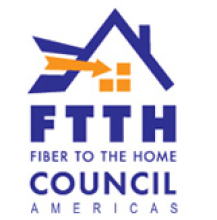Next Century Cities Covers One-Touch Make-Ready
An increasing number of communities appreciate the significance of dig-once policies. Municipal, state, and federal leaders are taking the advice of groups like Next Century Cities and implementing some form of the dig once approach to speed up deployment of telecommunications infrastructure. The next "no-brainer" policy is the one-touch make-ready or OTMR for pole attachments.
Make-ready work on utility poles is typically time consuming because it often requires multiple crews from different entities to move existing lines placed on the pole for different services. Before the new fiber line can be attached, those lines need to be rearranged to make room. When a community adheres to an OTMR policy, companies that own the poles agree to conditions that streamline the process.
Next Century Cities recently covered the policy on their blog where you can learn more about the details of this new approach, described it as the next "common sense" solution:
Perhaps most importantly: providers are likely to look more favorably on OTMR communities as they plan their investments, benefiting both companies and consumers. Across the country there have been complaints about lengthy processes to acquire access to poles and complex make-ready processes that require coordination among multiple providers to make changes… By implementing one touch make-ready policies, companies will benefit from less red tape, communities will benefit from less disruption, and everyone will benefit from faster deployment and increased connectivity.
Be sure to check out the FTTH Council's November 2015 white paper on OTMR, Role of State and Local Governments in Simplifying the Make-Ready Process for Pole Attachments, accessible from the Next Century Cities blog.



